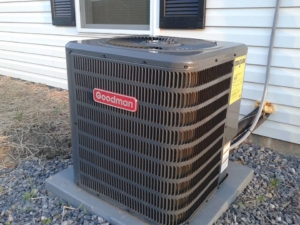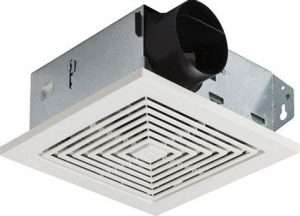Understanding the High Efficiency Furnace Venting System
If you’re thinking of installing one in your home, you may have some questions about the different type of venting system it uses. This article explains why these furnaces need to be vented differently and how it works.
How High Efficiency Furnace Venting System Works
When your furnace burns natural gas to heat your home, it produces combustion gases as byproducts that need to be vented out of your home for it to be safe and efficient. With a conventional furnace (under 90% efficiency), combustion gases are exhausted through a vertical vent that’s attached to your system. On the other hand, a high-efficiency condensing furnace makes further use of those gases before they leave your home.
The exhaust from this type of furnace is routed through two pipes—one for intake and one for exhaust. The intake pipe brings fresh air into the system while the exhaust pipe removes combustion gases from the system. The exhaust pipe is then attached to an internal heat exchanger which pulls additional heat from the waste gases before they leave your home. This additional heat helps to increase efficiency even further—upwards of 98%.
The main difference between a conventional and a high-efficiency condensing furnace is that with a high-efficiency unit, all exhaust must be routed through PVC pipes instead of metal venting due to its corrosive nature. This means that if you’re considering making the switch from an old unit to a new one, you’ll need to make sure that you have adequate ventilation in place for the new system before it can be installed.
How do I install a high efficiency furnace venting?
Installing the necessary venting for a condensing furnace is normally done during the installation process. It’s best to have a professional HVAC technician complete this step, as they’ll be able to ensure that it’s installed correctly and in accordance with local codes. The PVC pipes used for venting must be directed away from the home and terminated just above ground level. The technician will also make sure that any condensate produced by the system is routed to an appropriate drain line.
High Efficiency Furnace Venting System Issues
Like any system, high efficiency furnaces can experience occasional issues. These typically involve the venting system or the heat exchanger. The two most common problems are clogged vents and a faulty heat exchanger.
Clogged vents can occur when debris is allowed to accumulate in them over time. This will reduce the efficiency of your system and can eventually lead to more serious problems. Regular maintenance is the best way to prevent this from happening.
A faulty heat exchanger can also be a major issue as it will produce exhaust gases that are not sufficiently cooled and may escape into your home. This should be diagnosed and repaired immediately by a professional HVAC technician.
Conclusion: High Efficiency Furnace Venting System
High-efficiency condensing furnaces require different types of venting than traditional models because they use PVC pipes instead of metal ones due to corrosion concerns.
Additionally, these systems also require an internal heat exchanger so that more heat can be extracted from the waste gases before they are vented out of your home. By understanding how this process works, you can better appreciate why this type of venting might be necessary for certain types or models of furnaces.
If you’re thinking about upgrading or replacing an existing model with a more energy-efficient option, you must understand how these unique vents work so that you can properly install them for them to function as intended!
As always, if you have any questions please don’t hesitate to reach out to us. We would be happy to help clarify anything that may still be unclear.






Pingback: Best Brand of Heat Pumps That Make a Difference: Our Top Choices - GGR Home Inspections
Pingback: Bonding Gas Piping is Essential (2023 Guide) - GGR Home Inspections